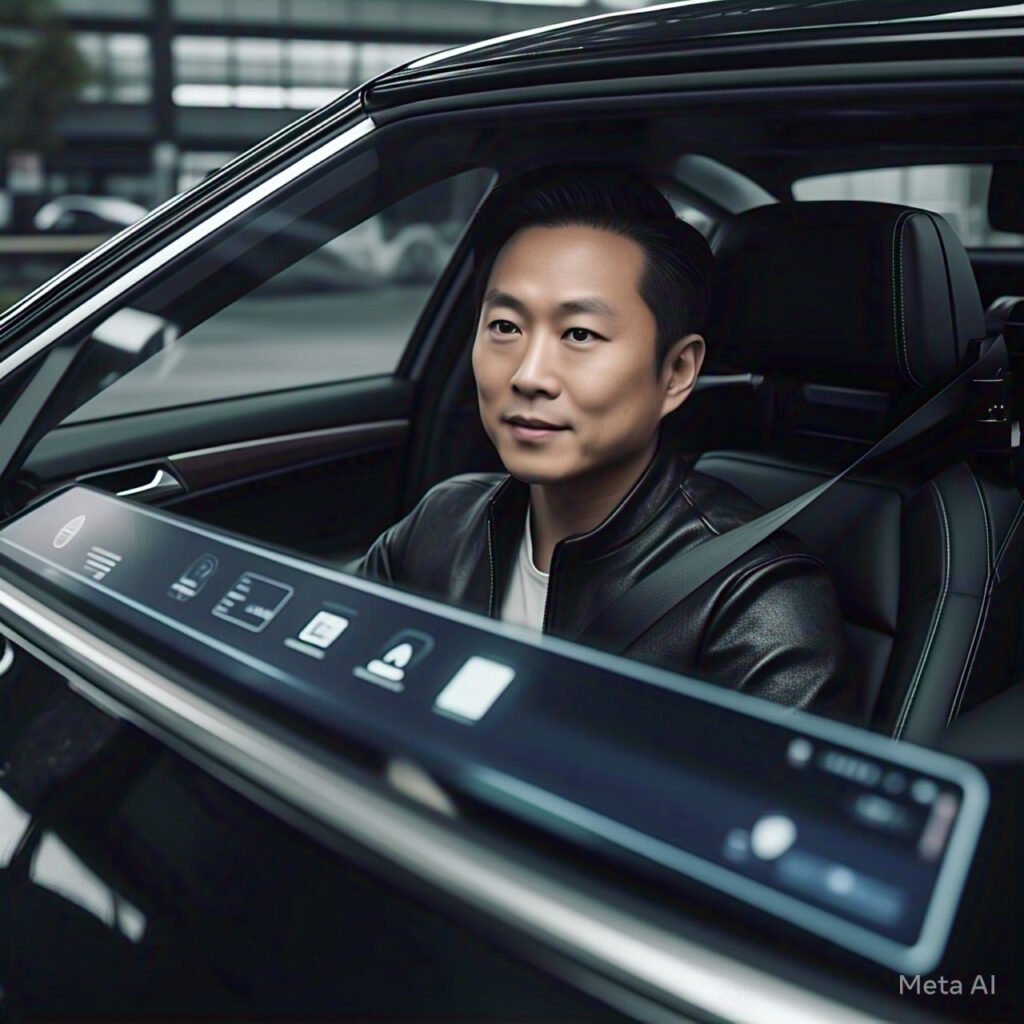The use of artificial intelligence (AI) in the automotive sector has changed the way drivers interact with their vehicles. Perhaps one of the most significant innovations is the presence of AI-driven voice assistants such as Siri, Google Assistant, and Alexa in cars.
However, this indulgence has sparked controversy: Are car voice assistants like Siri an indulgence that enhances driving or just a distraction that comes in the way of safety?
The Convenience of AI Voice Assistants
Artificially intelligent voice commands have been used to provide a convenient, hand-free way to communicate with onboard systems in cars so that vehicle owners may experience a multitude of functions without putting their hands back on the wheel or taking them off the road. Here are some of the most important advantages:
1. Hands-Free Control
The primary benefit of voice assistants is the ease to perform actions without having to physically interact with the car’s infotainment system.
The driver can turn volume up/down, change radio stations, receive calls, or send messages all without taking eyes off the road.
It can significantly reduce the need to make use of manual controls, which take up visual attention and might lead to distraction.
2. Navigation Assistance
AI voice assistants are also great at giving drivers real-time navigation assistance. Drivers can ask for directions to a destination, hear about traffic, or request a different route without even glancing at a screen.
This can be time-saving and safe because it enables the driver to keep their eyes on the road.
3. Increased Connectivity
Most voice assistants of AI are paired with apps and services like streaming music, weather forecasts, and home appliances.
Drivers have a simple option to inquire about the weather or control smart home appliances remotely, which is truly convenient during a long trip or in the event of an emergency.
4. Personalization
As time goes by, voice assistants acquire the driver’s personal preferences and routines, delivering a more tailored experience.
For example, the assistant could play your favorite playlist automatically or set the climate control to your desired temperature, providing more comfort and convenience.The Risk of Distraction
While AI voice assistants offer several benefits, there are concerns that they might also introduce distractions that counteract driving safety. Some of these concerns are:
1. Overreliance on Technology
Drivers may become too used to voice assistants, diminishing the ability to perform tasks manually where necessary.
For example, in the event of misinterpretation of a voice command or lack of response from the system, it might force the driver to divert their attention from the road to fix the issue, which is dangerous.
2. Misinterpretation of Commands
Voice assistants, though powerful, are not flawless. They will sometimes mishear commands or respond too slowly, leading drivers to repeat themselves or get frustrated.
This fleeting instance of distraction may be enough to create a dangerous situation, particularly at high speeds or in challenging driving conditions.
3. Complexity of Interaction
Even though voice assistants are meant to be simple, the intricacy of some operations may render them more challenging to execute. Trying to remember precisely how to word a command or having a long conversation with the assistant can divert attention from the road.
For example, asking for directions to the nearby restaurant or sending a long message by text when driving takes longer than desired, which increases the risk of distraction.
4. Cognitive Load
Studies have established that while voice assistants can reduce physical work requirements, they actually impose cognitive load by making the driver’s mind think through commands and tasks.
This can lead to divided attention, where the driver divides attention between driving and handling the assistant. Even with voice commands, cognitive distractions have been proven to impair a driver’s response to sudden alterations in road conditions.
Finding the Balance
Automobile manufacturers and technology companies must ensure safety is at the top of their product designs to reap the full potential of AI voice assistants with minimal danger. Some tactics may prove to be effective here:
1. Improved Voice Recognition
Improving voice recognition to become more accurate and responsive can restrict frustration and prevent drivers from having to repeat instructions or take eyes off the road.
2. Simplified Commands
Voice assistants should be made more simple. Simplifying the number of complicated commands and making them actionable with minimal effort can decrease cognitive load and enhance the system’s usability while driving.
3. Driver Monitoring Systems
Some vehicles already have driver attention systems that track eye motion and facial signals to determine whether a driver is distracted or drowsy. These systems can be integrated with AI voice assistants to provide notifications or turn off specific features when the driver is not looking at the road.
4. Enhanced Vehicle System Integration
Automobile makers need to continue to add the use of AI voice assistants to the car’s safety features such as adaptive cruise control, lane-keeping assistance, and automatic emergency braking. The integration may yield a more cohesive, safer experience that reduces the frequency of accidents caused by distraction.
Conclusion
Car voice assistant powered by artificial intelligence can potentially be a strong tool for pushing convenience and making the driving experience more streamlined. They offer hands-free operation, navigation assistance, and customized features that reduce the difficulty of driving and increase its enjoyment. With their advantages comes the risk of distraction, though, which can undermine road safety if addressed improperly.

Lastly, whether AI voice assistants are a distraction or an amenity is our choice. Drivers need to remain alert to the world at large, not too dependent on technology, and ensure that they use such systems in a way which enhances and does not get in the way of their focus on the road. With technology advancing in the field of AI, the future wave is sure to introduce a greater balance between safety and convenience and be even more assistive without compromising driver attention.



